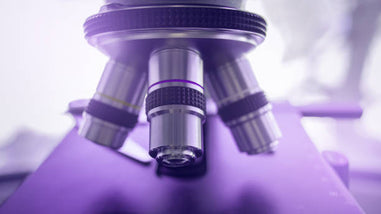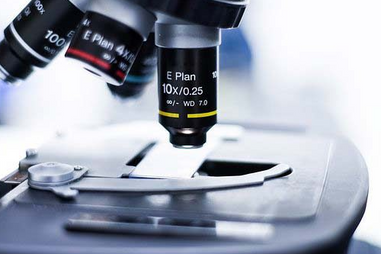- No products in the cart.
There is so much more to this world than what we can see with the naked eye. Our knowledge of the world would be extremely limited without the use of microscopes. In fact, microscopes are one of the most important pieces of equipment in a lab.
Microscopes have evolved throughout the years to give us an even more realistic view of the ‘invisible’ world around us. Their sophistication has stemmed from the everchanging design and features of the microscope.
With so many features and designs, it’s hard to know which microscope works best for your field of research and activity. Knowing which microscope to use will depend on the nature of your activity, what you’re trying to analyze, what type of view you need, and which microscope has the features and design to give you the best glimpse.

Initially, you should think about how many eyepieces you need to attain the view needed for your activity. In order to do that you will need to know the capabilities, features, and differences between the microscopes.
Here, we will look at the differences between binocular and trinocular microscopes.
What is a binocular microscope?
The main difference between binocular microscopes and trinocular microscopes is the number of eyepieces. Before getting a better idea of a binocular microscope, it’s helpful to point out a few basic facts of a monocular microscope.
Monocular microscopes are equipped with one eyepiece. Specimens appear flat and do not have any depth to them. Monocular microscopes are often used in labs and classrooms for studying slide samples.
A binocular microscope has two eyepieces and magnifies at higher levels. Binocular microscopes have a tendency to be the most comfortable microscope to use since it is the way we naturally view the world with or without glasses. Binocular microscopes can be used for a variety of applications due to the higher magnification range.
What is a trinocular microscope?
A trinocular microscope has three eyepieces. The purpose of the extra eye piece is so you can mount a camera on it to take pictures or capture videos. This way the view of the specimen can be shared with others for future reference, to share among colleagues, for teaching purposes, and for presentations.
How can a binocular microscope be differentiated from trinocular?
Binocular and trinocular microscopes mostly have the same basic parts. Some of those basic components have certain variations that distinguish one microscope from the other.
- Number of Eyepieces. The number of eyepieces is the major difference between the two microscopies. Binocular microscopes have two eyepieces while a trinocular microscope has three eyepieces.
- Objective Lenses. Objective lenses give off an image of fair resolution and high magnification . Binocular microscopes feature three or four objective lenses that offer an average level of magnification and give the view that is the closest. A trinocular microscope has five bright lenses with an optimal magnification range.
Conclusion
There are many different types of microscopes and choosing the one that best fits your needs and application can be crucial to your field of study or activity. While the components of the two microscopes are similar, the variations in the parts and features result in the different results each microscope provides.












































